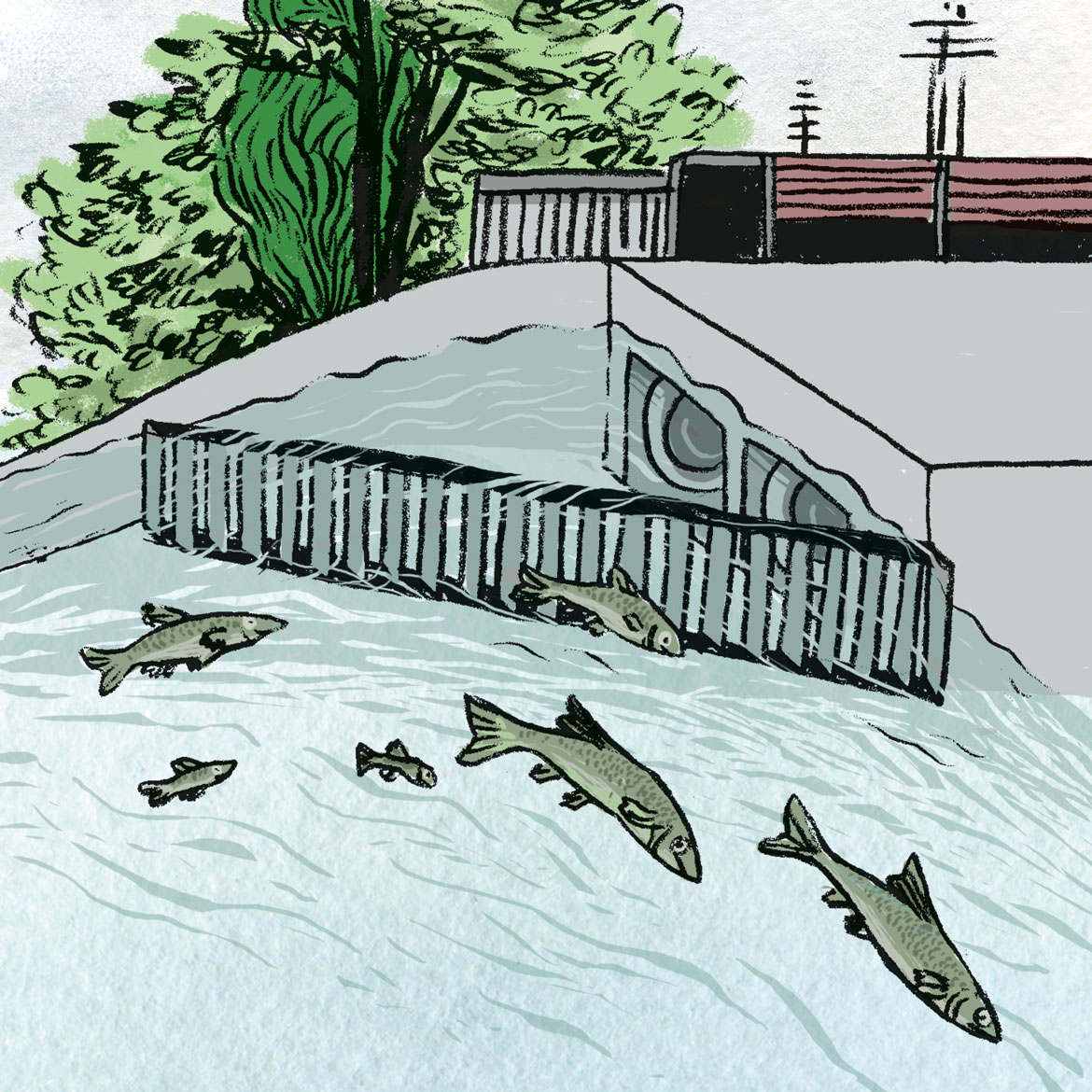LAKES
Deep diving for toxic cyanobacteria
Despite efforts to curb eutrophication, cyanobacteria still live in Lake Hallwil. The deeper they sink, the more problems they can create for our drinking water.

The eutrophication of Lake Hallwil is a consequence of the heavy accumulation of phosphorus in the past century. | Image: Markus A. Jegerlehner/Keystone
Despite a fall in the levels of phosphorus in Swiss lakes, toxic cyanobacteria can still be found. They are now seen living at depth and may drift into turbulent zones which push them towards the surface, as shown by scientists at the University of Geneva. Ena Lucia Suarez and Bastiaan Ibelings have studied data collected in Lake Hallwil in the canton of Aargau over a period of 35 years.
Their aim was to track eutrophication – the accumulation of large quantities of phosphorus during the second half of the 20th century that led to the growth of microalgae and toxic cyanobacteria. The first discovery is that, even where the quantity of phosphorus has fallen in the lake, the red toxic cyanobacteria Planktothrix rubescens are still dominant. “The lack of phosphorus has reduced the growth of phytoplankton on the lake surface, which has allowed light to reach the mid-depths of the lake, where normally there are cyanobacteria”, says Ibelings. “As it’s a species capable of photosynthesis, its growth is explosive”.
The researchers have also noted the cyanobacteria having slipped lower into the lake and little by little the water has become clearer. This is due to the sugars they produce in large quantities, which drag them deeper due to a ‘ballast’ effect. The cyanobacteria are now 7.7 metres lower than they were in 2000, in the deepest and coldest layer of the lake.
“This may pose a problem for drinking water, as extraction is generally done at this depth”, says Ibelings. He suspects that if cyanobacteria continue to drop at the current rate of 30 cm every year, they will eventually fall into a turbulent layer deep down, which may in turn cause them to rise. The monitoring must therefore continue with a view to evaluating the effects of reduced phosphorus over the long term and include the effects of climate change.




